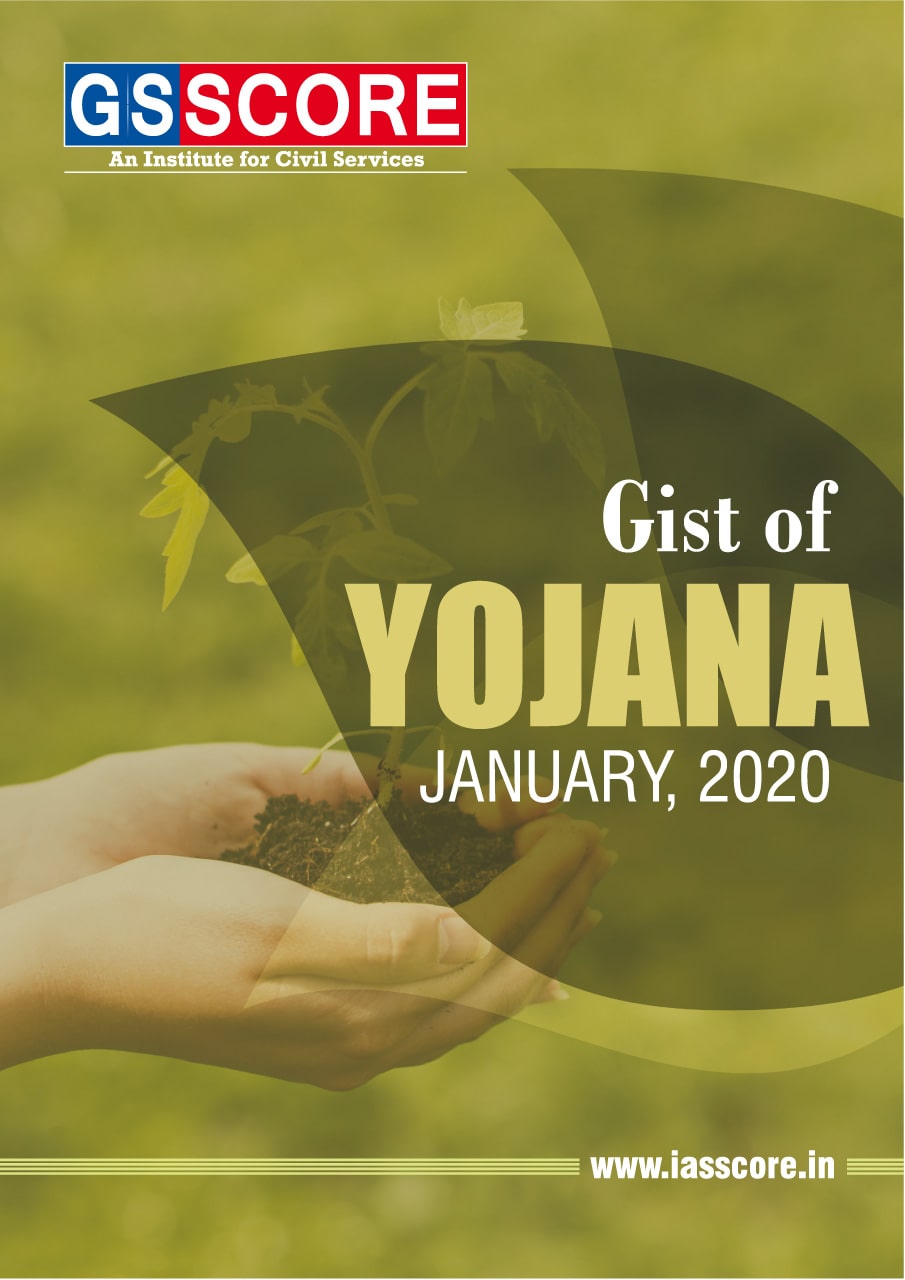



- India was represented by Union Minister of Environment and climate change at the 25th session of Conference of Parties under the UN Framework Convention of Climate Change (UNFCC COP 25), in Madrid, Spain on 10 December 2019. The minister started his statement with a quote and highlighted :
“The future depends upon what we do today.”
-Mahatma Gandhi
India’s achievements in climate change mitigation strategies
- India has taken several steps to address the issue of climate change in line with its commitment to the father of the nation’s thoughts.
- India has reduced emissions intensity of GDP by 21% and is on track to achieve the goal of 35% emissions reduction as promised in Paris.
- Under Paris Agreement, India announced 175 GW targets for renewable of which 83 GW has already been achieved.
- India has subsequently increased the target to 450 GW at the recent UN Climate Action Summit.
- Carbon tax on coal production is being levied at the rate of $6 per tonne to finance the carbon mitigation project.
- The commercial flight was operated on 100% biofuel and India is targeting blending of 20% ethanol in petrol by 2030.
- India has leapfrogged from BS-IV to BS-VI for vehicle emission norms and from 1 April 2020, vehicles will be BS-VI compliant.
- 360 million LED bulbs have been fitted in homes, and 10 million conventional streetlights have been replaced with LED lights.
- 80 million LPG gas connections have been provided. India’s cooling action plan and adaptation plan are working well.
- India has promised the creation of additional carbon sinks of 2.5 to 3 billion tonnes of carbon equivalent through increasing green cover.
- In the last 5 years, India’s green cover has increased by 15,000 sq. km. India is investing heavily in water conservation.
- It has taken up a target for the restoration of 26 million of degraded land by 2030 during the 14th COP of UN Convention to Combat Desertification in Delh
- This is one of the largest programs in the world to ensure the carbon sink in land resources.
- 100% neem coating of urea fertilizer is appreciated by the world and 170 million soil health cards are taking care of the soil health, thus creating more carbon sinks.
- India has launched the Coalition for Disaster Resilient Infrastructure, which is a partnership to support countries through knowledge exchange and provide technical support on developing disaster and climate-resilient infrastructure.
Future Strategy and promises need to be fulfilled
- India highlighted the fact at the Summit about the developed countries pledged a contribution of 1 trillion dollars in the last 10 years, and not even 2% has materialized so far.
- It has to be public finance and there should be no double accounting. The world that benefitted from carbon emissions that made them developed, must repay.
- Technology development and transfer should be done at affordable costs. It is crucial for developing countries.
- In this regard, India’s proposal is to have more joint research and collaboration, grant finance made available for meeting the targets.
- India along with other developing countries expect that guidelines for Article 6 will ensure the transition of clean Development Mechanism under Kyoto Protocol and provide the incentives and positive signals to the private sector, which had invested in it.
- India also urged support for the vulnerable communities worldwide with a strong Warsaw International Mechanism for Loss and Damage with provision for financial support.
Conclusion: This is the time for ownership and this is the time for responsible action. India has and will continue to do its bit-expecting commensurate multilateral actions with developed countries taking a lead.
Related Articles


